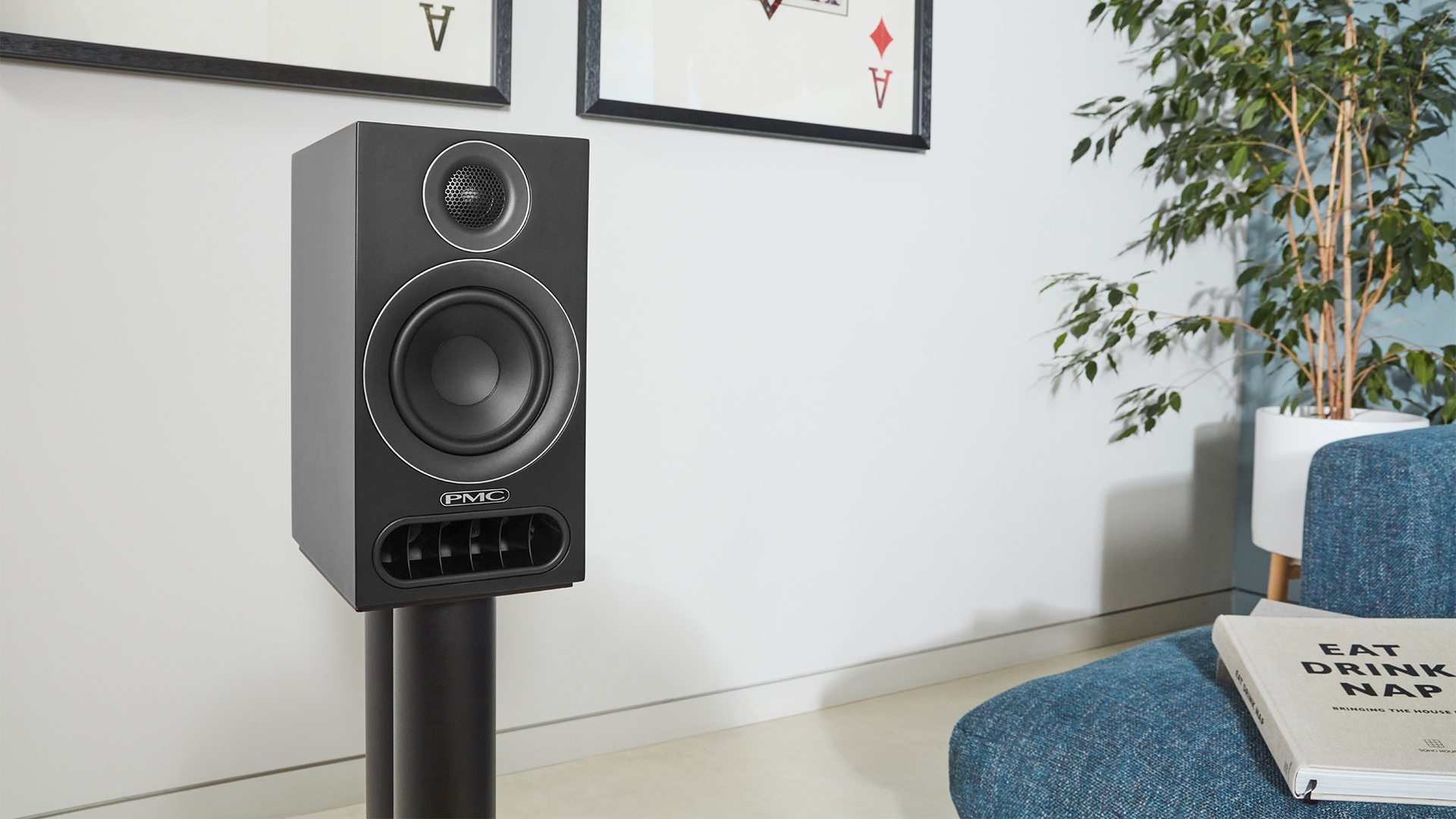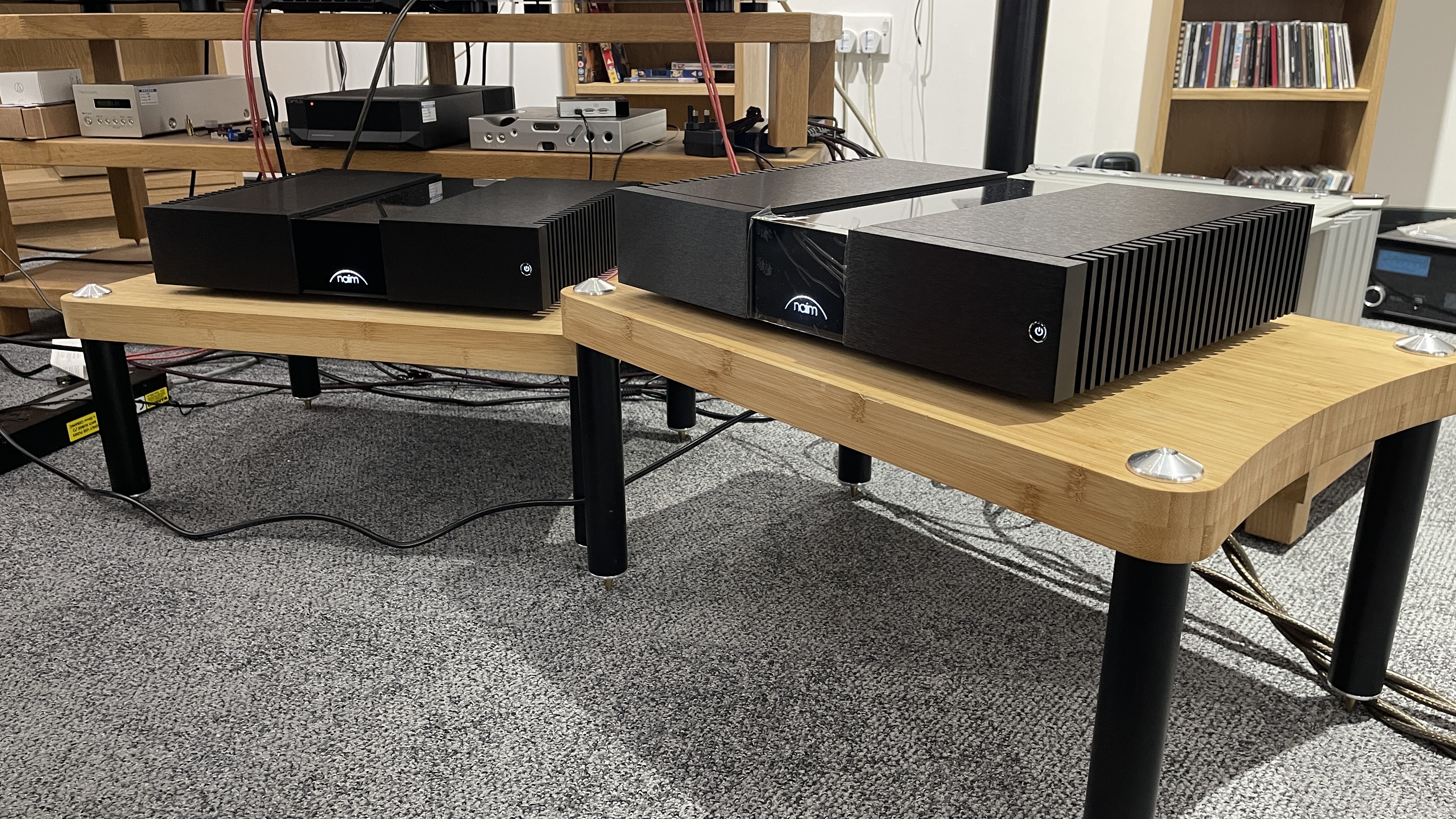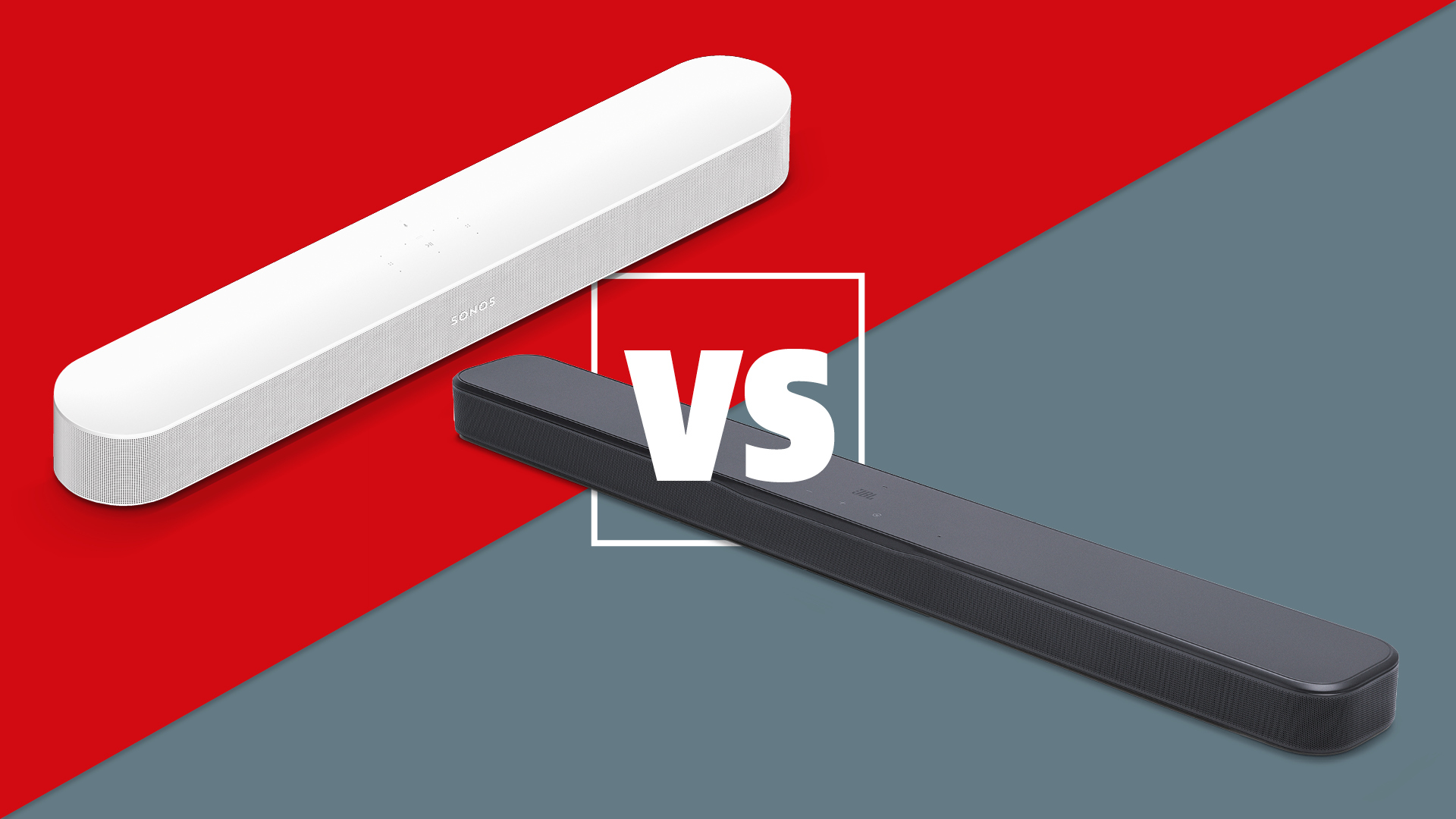Don't ignore high-end hi-fi; we all own it in the end
Sooner or later, the highest levels of engineering trickle down

For hi-fi enthusiasts who cannot afford to spend tens of thousands on gear, it may not always be easy to harbour enthusiasm for the high-end market. Sure, there’s always an element of visual ‘porn’ to entice the interest of many such audiophiles, as there inevitably is for many hobbies’ most exclusive, expensive and luxurious corners. Some will have a loyalty or fondness for a particular brand and be interested in anything and everything it produces, whether they are attainable for themselves or not. And there will always be enthusiasts who will happily lap up as much about hi-fi as possible to satiate their technical, or whatever, interest.
But is something that is beyond reach as interesting as something that could reasonably be sitting in your living room in five to seven business days’ time? It’s something I have to consider often as I curate for whathifi.com and the two hi-fi magazines I oversee in Australia (one of which is exclusively high-end!) – how much coverage of unobtainable-for-many products is too much for most people? Of course, a lot of it is about balance (not so much in the high-end publication, of course). But if you find yourself uninterested in high-end kit predominantly because it is unattainable, think of it another way: you might well own it in the end.
Trickle-down technology

I don’t mean that literally exactly, though a lottery win or some other favourable twist of financial fate means it isn’t out of the question. But you may well end up owning many of the technologies that contribute to a high-end design before long, due to the fact that they increasingly trickle down to models below them as processes streamline, components become more accessible and, indeed, even better technologies come along to push higher-end equipment along even more.
Take Bowers & Wilkins’ speaker lineup, for example. The flagship 800 Diamond models represent the pinnacle of the company’s technological know-how; and now, the recently announced 700 Series has benefitted from borrowing some of the 800's technologies.
Some of the 700 speakers use the 800’s Biomimetic Suspension system (which replaces a conventional fabric spider in a bid to reduce air pressure and unwanted noise as the cone moves and therefore improve midrange cone performance); more of the 700 models than before have adopted the company’s iconic ‘Solid Body Tweeter-on-Top’ design from the 800s; the range’s biggest floorstanders take advantage of an 800 Series development by incorporating a larger-diameter port that fires downwards on its integrated plinth; the drive units are mounted in external ‘pods’ in a similar fashion to the 800s; and the speaker terminals have been 800 Series “inspired”. You get the picture…
That trickling down of reference technologies is evident even in the newer next-range-down 600 Series. For example, the crossover network uses the same bypass capacitors taken from the 700 Series, while the rear-facing bass ports are also 700 Series specification. It even directly borrows the new mesh grille for the tweeter (in pursuit of more openness and greater dispersion) from the two Signature-grade (i.e. newer and refined) 800 Series models.
Naturally, this technological crossover has its limits, and differentiation elsewhere is important to maintain a logical performance/price progression. Why would someone buy Bowers & Wilkins’ Diamond 800 Series speaker if a more affordable 700 Series model matched its performance?
The latest hi-fi, home cinema and tech news, reviews, buying advice and deals, direct to your inbox.
This is just one example of (an increasing) many. PMC’s new entry-level Prodigy speakers (pictured, top) would be another that springs to mind, having recently left our test rooms. They too have inherited technological concepts (the ATL bass-loading technique and Laminair airflow control vent) from other PMC speakers, from the next most affordable model twice their price, right the way up to the flagship Fact Fenestria.
Naim, Chord, Dali, Yamaha, KEF, Technics, Musical Fidelity... most brands that design high-end hi-fi find a way to share their peak engineering practices further down their catalogues. The point is, sooner or later you are getting these technologies in trickled-down form – sometimes in ‘compromised’ fashion, other times not.
High-end ambitions (and budgets) are imperative
Indeed, it takes these high-end engineering ambitions and budgets for the technologies and components to eventually reach, and keep improving, the lower-end of the market. Sometimes there are internal components such as capacitors, resistors, switches and even processors (as in the case of the more premium Chord Electronics DACs, for example) that are brand-new or made with advanced techniques, making them too expensive for mass-market designs. The larger build budget of high-end products allows them to be used initially, before they can be bought in greater quantities, more affordably, for larger numbers of lower-end designs.
Smaller high-end companies (such as Chord Electronics, sticking with that example) are also important as they use high-end specialist designers (such as Rob Watts) who likely have more freedom to try innovative or unusual engineering ideas. Bigger hi-fi companies, serving a wide spectrum of budgets, typically have more management layers and greater oversight, which leads to more conventional engineering solutions.

The might of the mass market
That said, more ‘mass market’ hi-fi isn’t just a consequential compilation of hand-me-downs without contributing anything of its own; the support goes both ways. While high-end hi-fi can help achieve and carry through better engineering and selective internal components, mass-market products are generally what progresses anything to do with packaging, materials or computer/software-based technologies.
It largely comes down to quantities, as it does in many other manufacturing industries. When a hi-fi company is making thousands of, say, pairs of speakers, it is able to invest heavily in production methods and new technologies and spread the cost between them, whereas a high-end manufacturer making only hundreds or perhaps even tens of one product cannot spread the cost so thinly. Cutting-edge technologies or production techniques cannot, therefore, be financially justified, or perhaps even possible, for the small quantity required.
Furthermore, while a lot of high-end hi-fi involves labour by hand and machining, software involves time (long processes, often ‘held up’ by certifications and whatnot) and headcount, or can be provided by a third party.
So both ends of the market prop up the other in their own ways. And perhaps the higher end isn't actually as exclusive as you might have thought. Next time you are reading about a high-end piece of hi-fi, feeling miffed that it cannot be yours, just think: 'Some of that engineering brilliance could be part of my system one day.'
MORE:
Go inside the B&W factory to see the new 800 D4 speakers being made
One week to go! Cast your vote in the What Hi-Fi? Readers' Award 2023
McIntosh's House of Sound NYC townhouse is the AV pad of our dreams

Becky is a hi-fi, AV and technology journalist, formerly the Managing Editor at What Hi-Fi? and Editor of Australian Hi-Fi and Audio Esoterica magazines. With over twelve years of journalism experience in the hi-fi industry, she has reviewed all manner of audio gear, from budget amplifiers to high-end speakers, and particularly specialises in headphones and head-fi devices.
In her spare time, Becky can often be found running, watching Liverpool FC and horror movies, and hunting for gluten-free cake.
